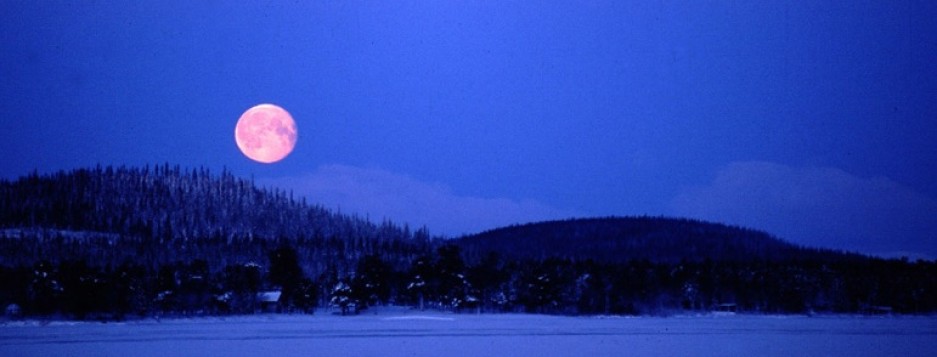category: full length two-act
genre: romantic epic fantasy
running time: 2 hours
setting: various locations, real and imaginary, throughout Europe; Limbo
period: ancient times through the 19th century
characters:
Johann Henry Faust, a wizard who has been alive for a very long time
Horatio Krane, a young Dane of great education
Daphne, a nymph from ancient Greece
Victor Frankenstein, a German scientist
Elaine of Corbenic, a medieval English princess
Galahad, a medieval knight, Elaine’s son
Launcelot, a medieval knight and the father of Galahad
Margaret (Gretchen), an angel
Prometheus, a Titan who gave the gift of fire to man
A Boy Dressed In White, the prince of Denmark
A Girl With Flowers In Her Hair, an energetic maiden beloved by Hortaio
A Girl Without A Name, formerly a mermaid
Fortuna, the Roman goddess of luck
Sigyn, the Norse goddess of devotion
Blodeuwedd, the Welsh goddess of flowers
The Man Who Is Not Horatio, a writer
story:
Horatio Krane, a young Danish scholar who has recently suffered the loss of his best friend and the woman they both loved, seeks out the help of his college friend, the precocious wizard, Johann Faust, to assist him in an effort to travel back in time and avert the tragedy that killed his friends. They attempt to work the spell and mistakenly summon Daphne, a nymph, who reveals that she was moments away from being turned into a tree by her over-protective father. The three move in together but Horatio soon departs for Medieval England, assisted by three goddesses who help people with broken hearts. There he meets Elaine, the pre-incarnation of his lost love, and Launcelot, the pre-incarnation of Johann and also Krane’s best friend. Johann reveals that Elaine is destined to die for Launcelot’s love but that she and Horatio can escape together so long as they provide someone else to fill her historical role: Daphne. Horatio is repulsed by the idea of sacrificing the nymph for his own romantic gain, but then makes an eleventh hour decision to run away with Elaine and leave it up to Johann. Johann then reveals his final hand, which is not to sacrifice Daphne but instead to switch roles with Elaine himself, thus freeing her from a tragic destiny and allowing his redemption and reunification with his own love, Margaret.
author’s comments:
This is probably the masterpiece of my early work, and along with Vincent of Gilgamesh (which it is very similar to in scope and style), one of my favorites of my own work. It is the true culmination of my long term goals of both creating my own mythology and revising the existing mythologies of the world: essentially, a tour of western supernatural literature guided by a bisexual romance that spans almost a thousand years. It is impossibly obtuse in places and virtually no one who reads it can figure out how they could stage it for less than a couple hundred thousand dollars, but I really think the writing is tremendous (and does receive a lot of praise), the plot the most complex I’ve ever constructed (and I’m not really a plot writer), and the characters are very vivid and, for me, moving- especially Johann, who is amongst my finer creations if not the apex of all of them to date. Begun from an idea hatched in the autumn of 2000 when I was playing Horatio in Hamlet, it had so many false starts it’s not countable but when I finally started to sketch out scenes in autumn of 2004 they came quickly and naturally and quite abundantly (the original draft featured two more characters and was almost 200 pages long). It took me three drafts after the first reading in spring of 2005, and three more readings after that, to finally achieve what I consider a “final draft” (a term I find relative once something goes into actual production) in the spring of 2007. Now the piece rests in a binder and haunts me- always begging to be done again and again and yet waiting for the right moment and the right home. Which is not always easy to find since we’re living in an age where American theater seems to have gotten very small, both in scope and execution, and also very un-romantic. And romantic is pretty much the primary adjective for this wild tale, something I’m both ironic about (for instance, all the characters, regardless of their heritage, speak in very proper Masterpiece Theater style British accents), and deeply reverent (the love between Elaine, Horatio, Johann and all their various incarnations is some of the most sincere, sad and joyous romance I’ve ever depicted on the page). Clearly, I’m in love with the piece but I would have to be to have lived with it so long and while I love it live and spoken (as all plays should be), it also falls into that rare group of things I wrote almost entirely for myself: art for my sake, because I had so much to learn from creating it, and so much to say by saying it.
